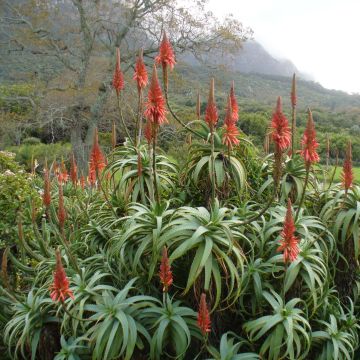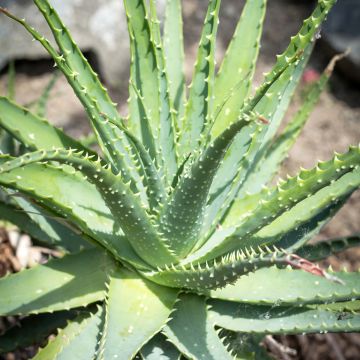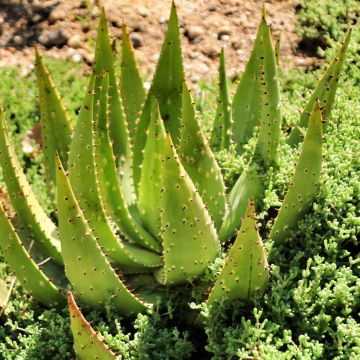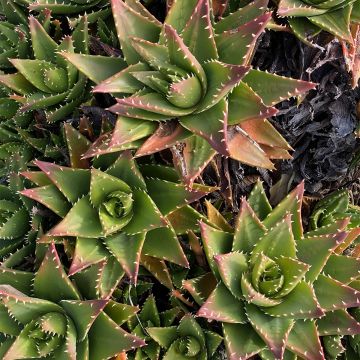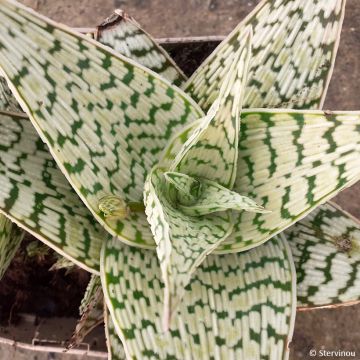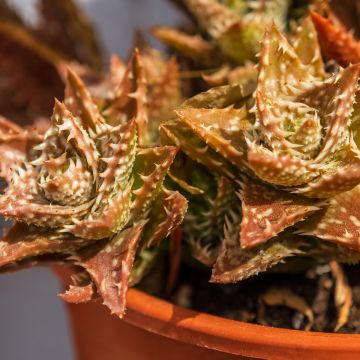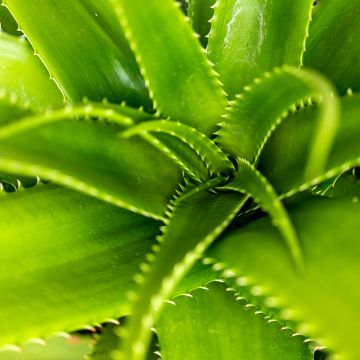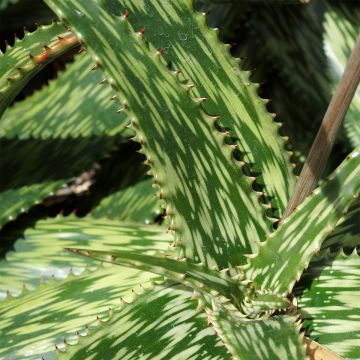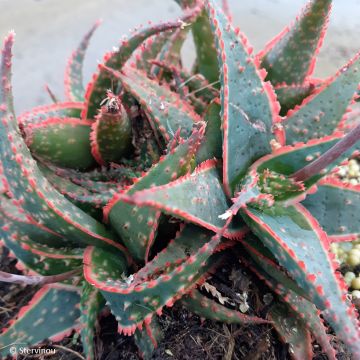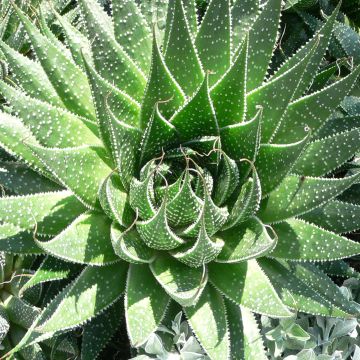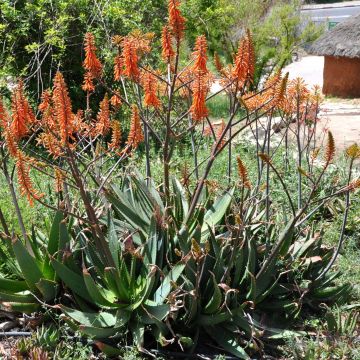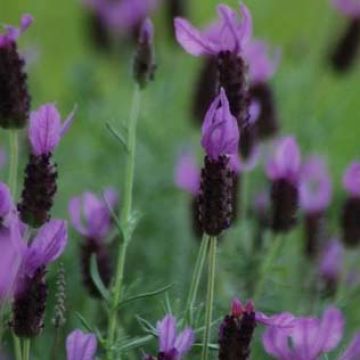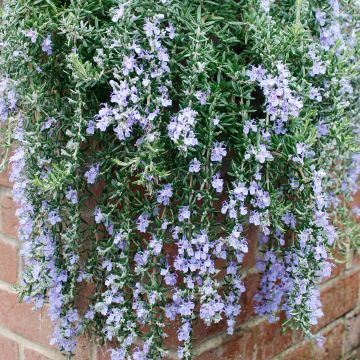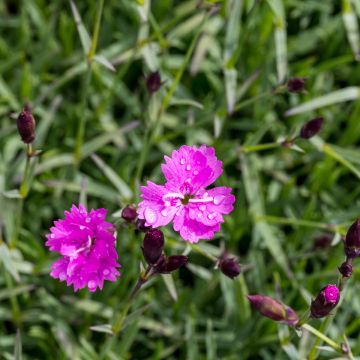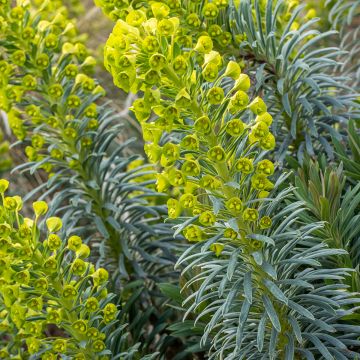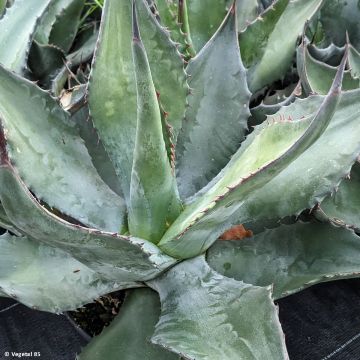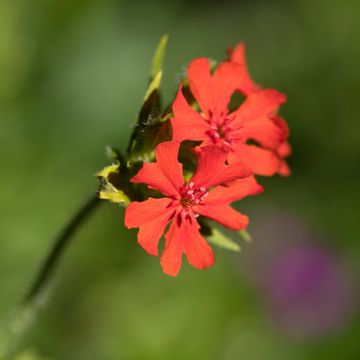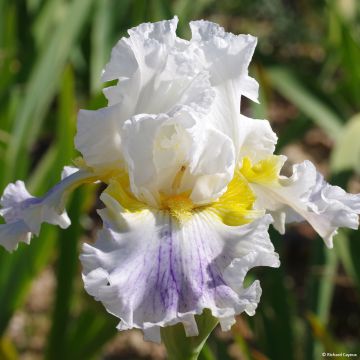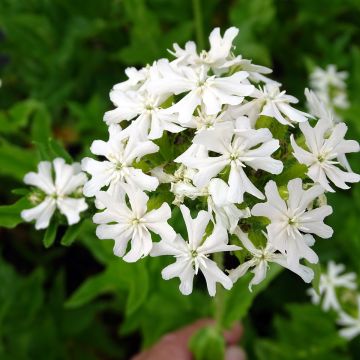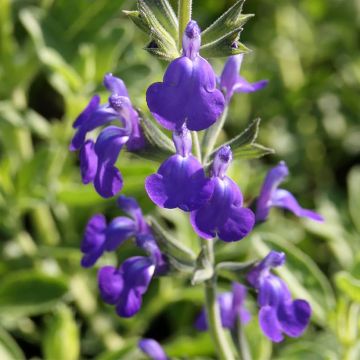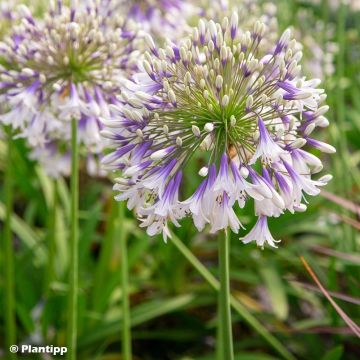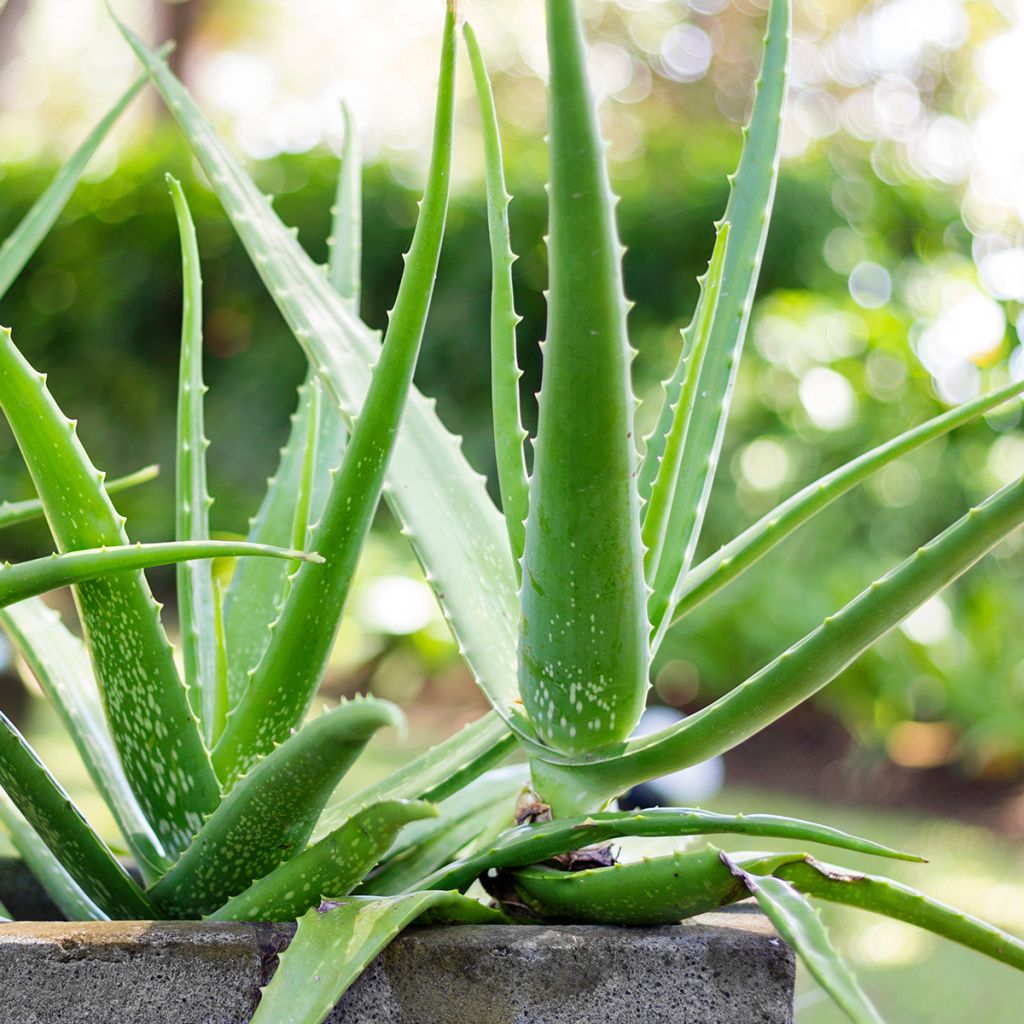

Aloe vera
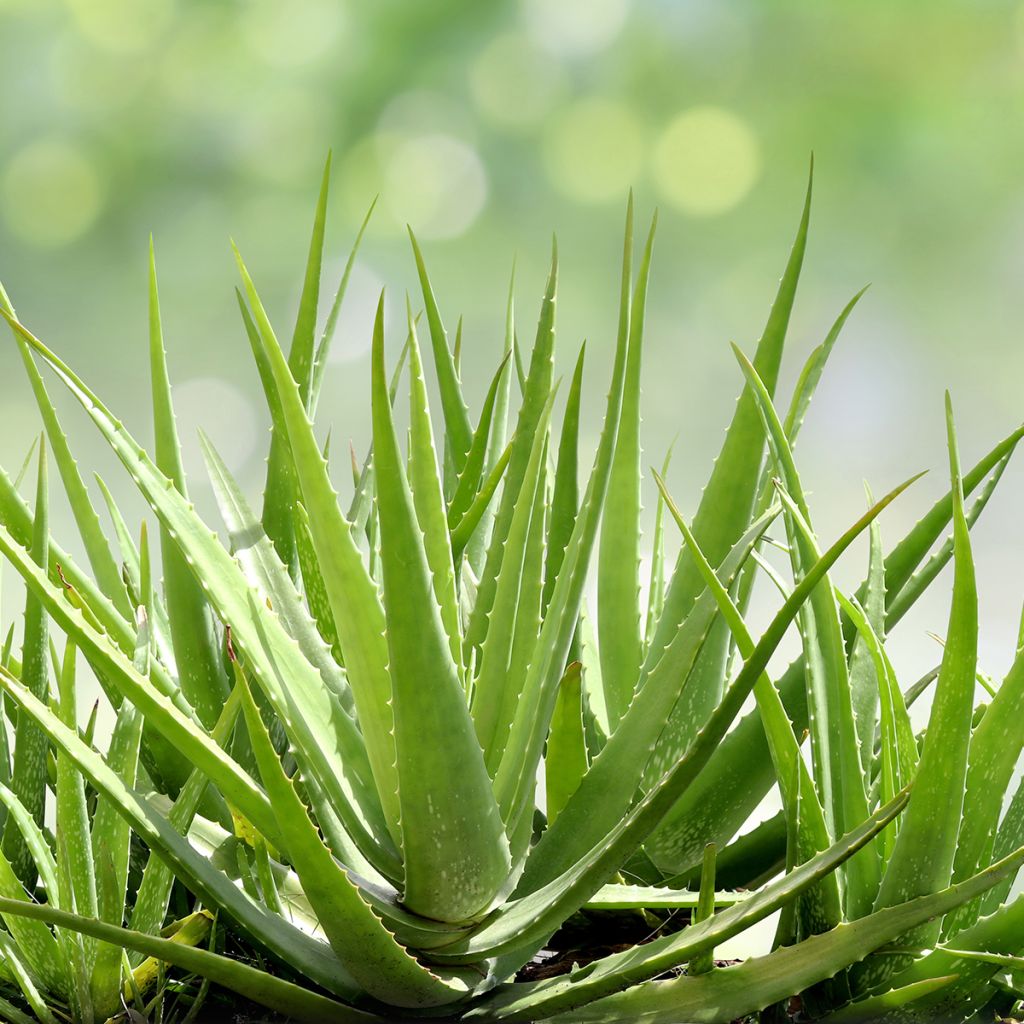

Aloe vera
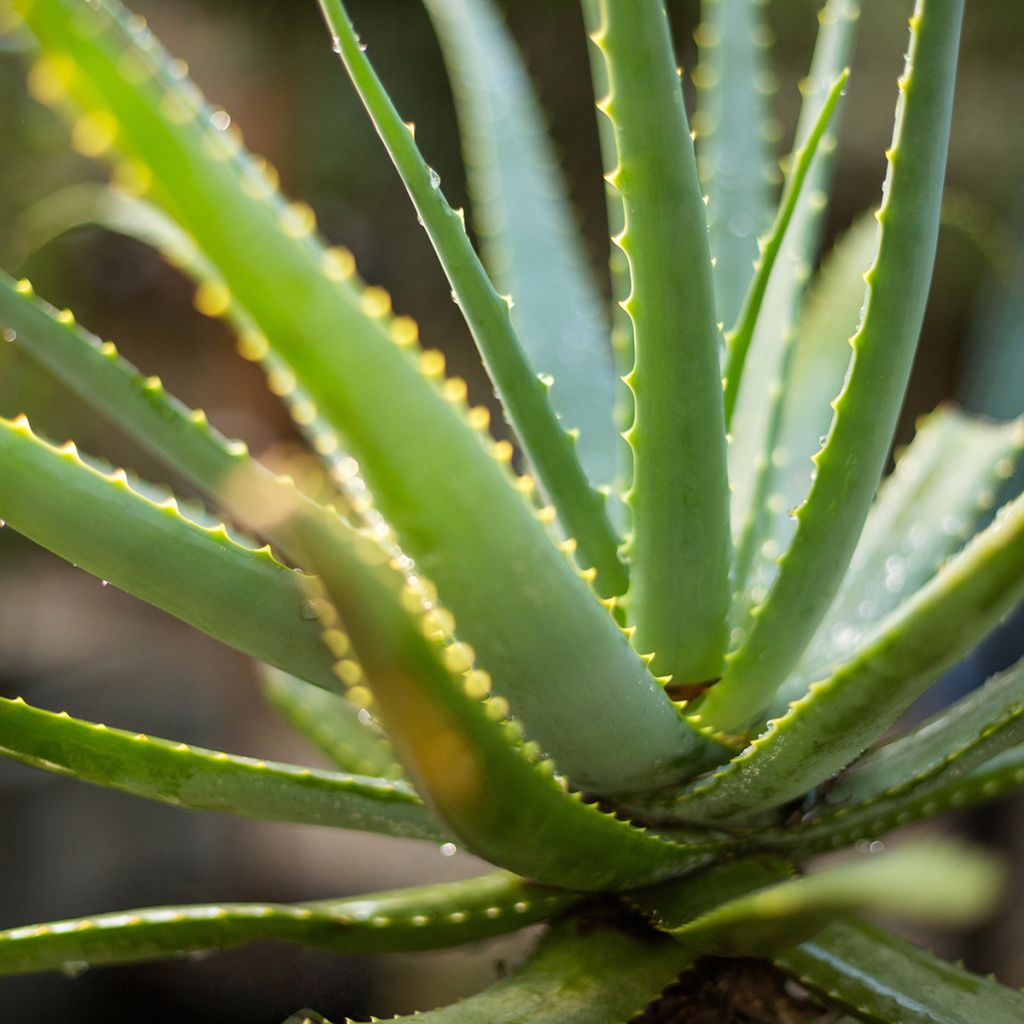

Aloe vera
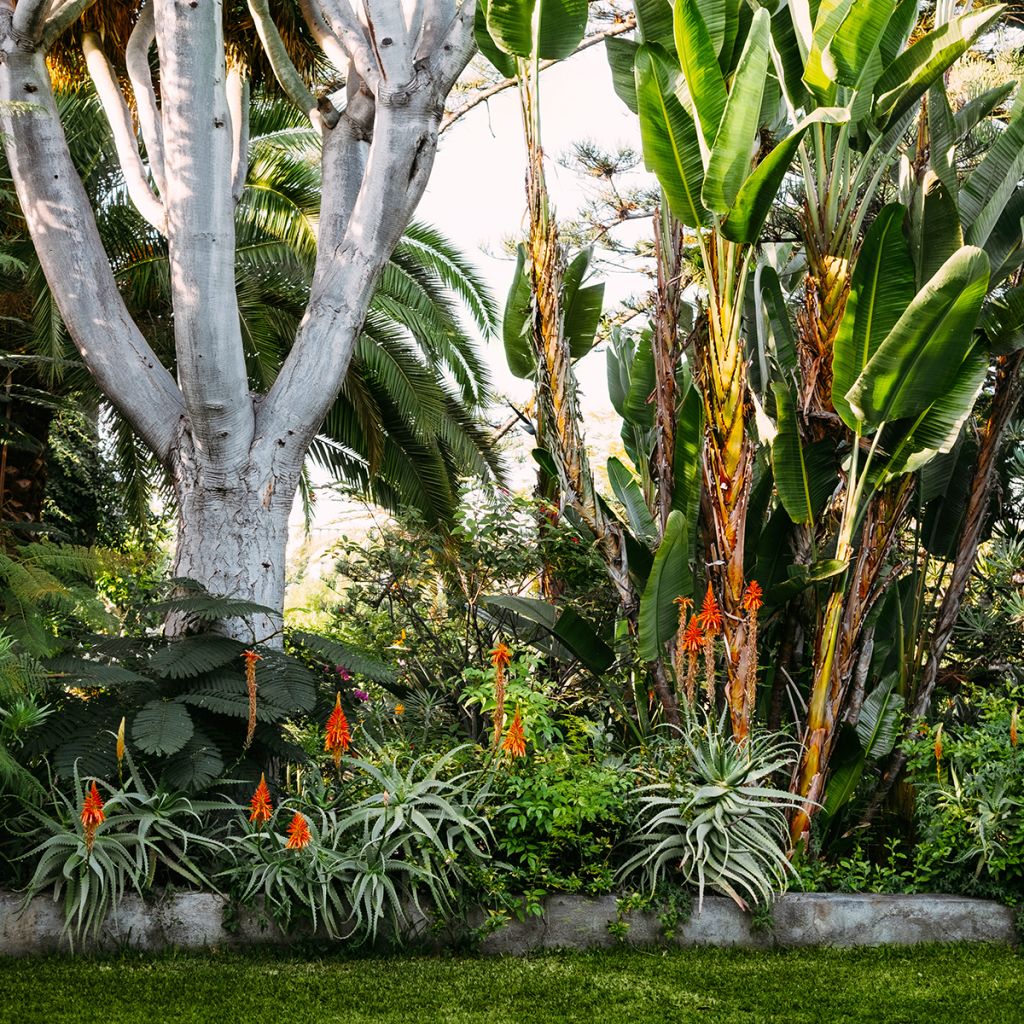

Aloe vera
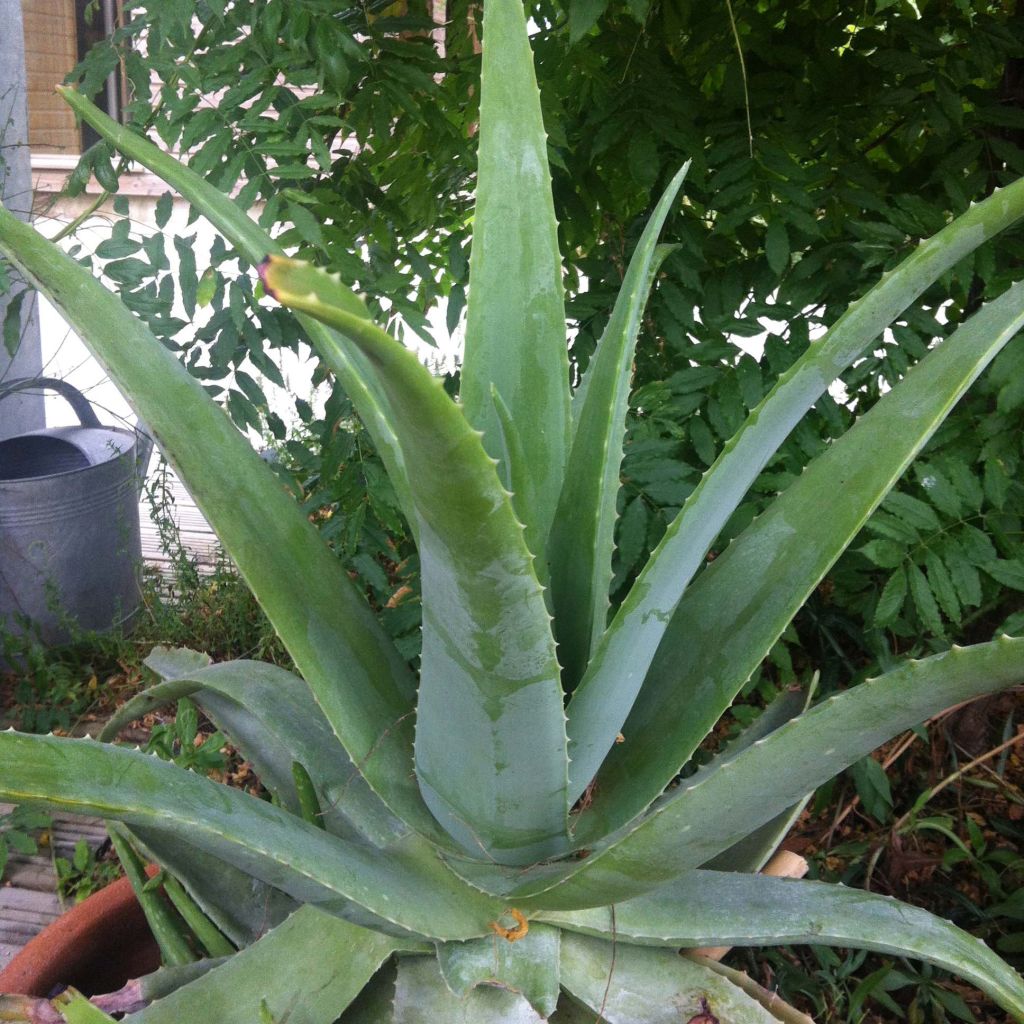

Aloe vera
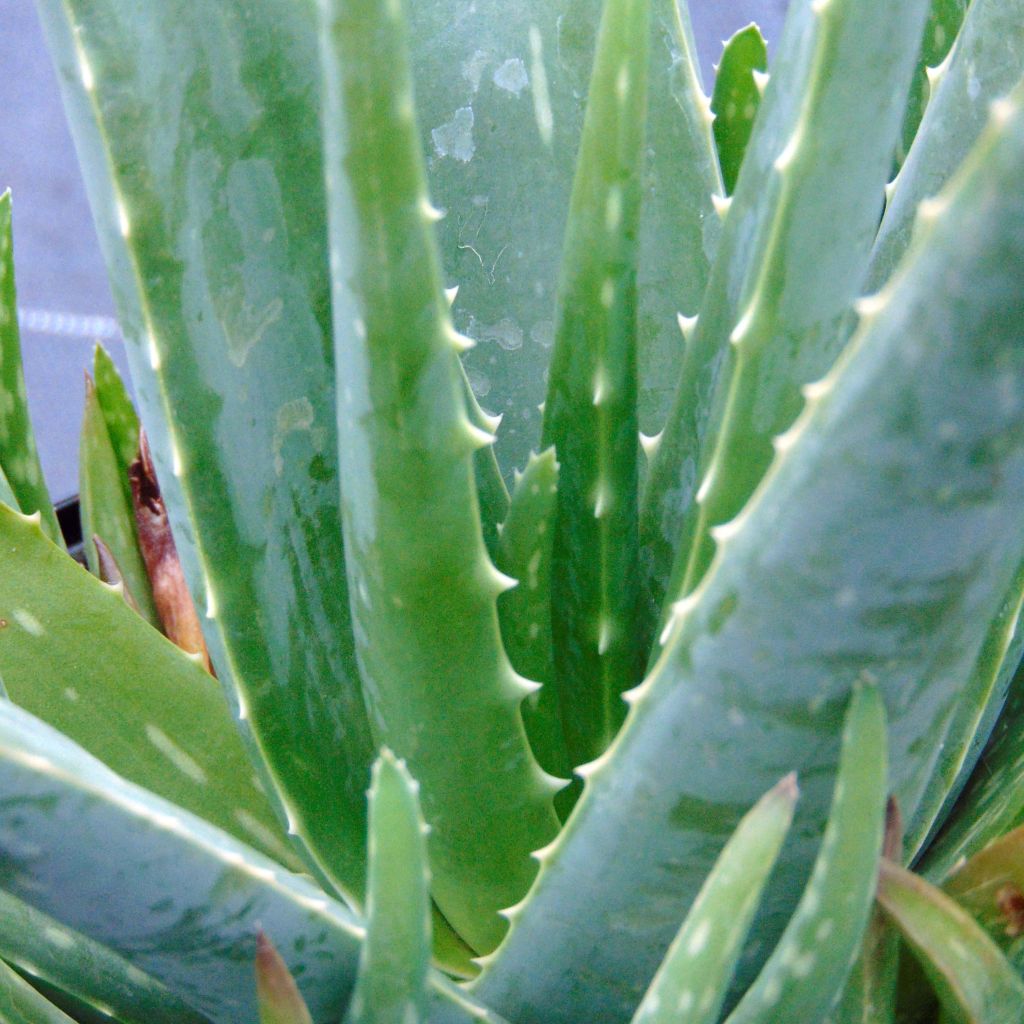

Aloe vera
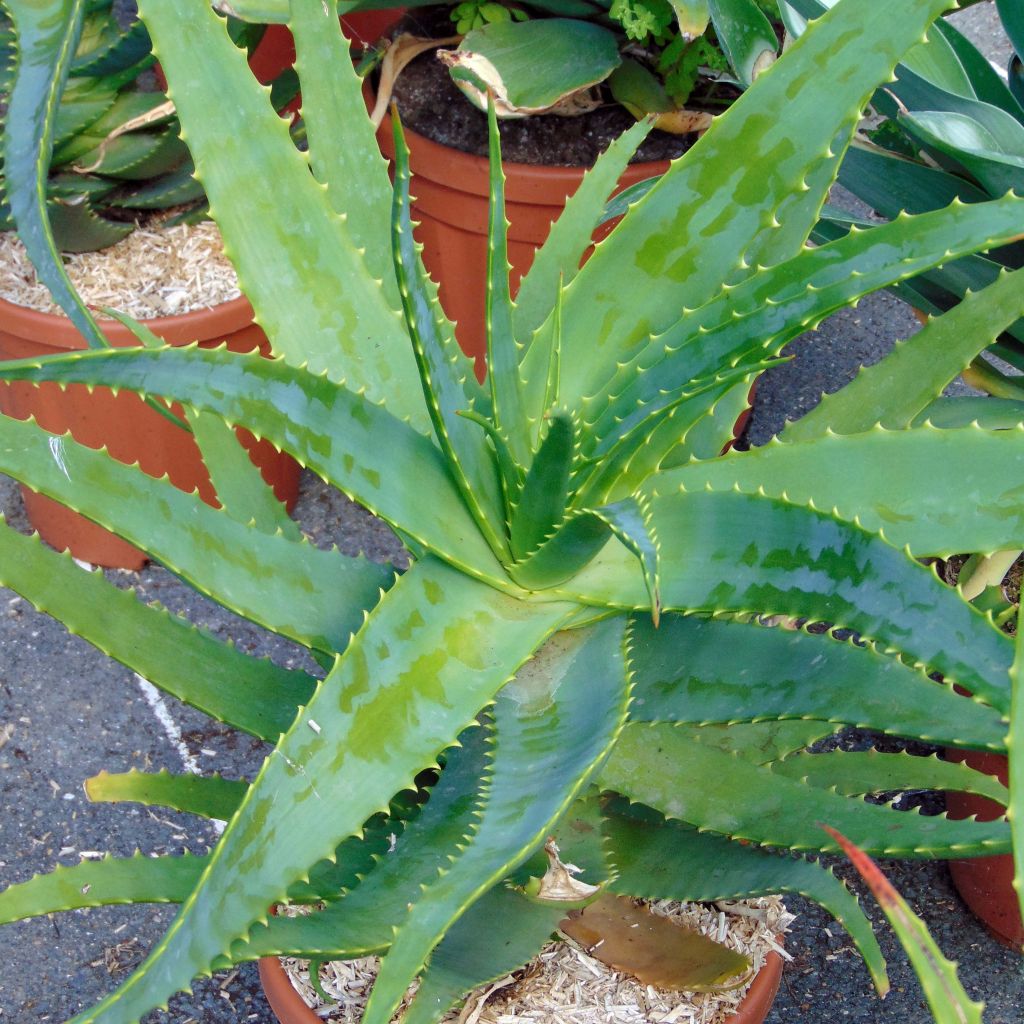

Aloe vera
Aloe vera
Aloe vera
Aloe vera, True aloe, Medicinal aloe, Burn aloe
A light morning frost, despite being positioned near the south wall and sheltered by the house, ended the aloe.
josseline, 14/06/2024
Why not try an alternative variety in stock?
View all →This plant carries a 12 months recovery warranty
More information
We guarantee the quality of our plants for a full growing cycle, and will replace at our expense any plant that fails to recover under normal climatic and planting conditions.
From €5.90 for pickup delivery and €6.90 for home delivery
Express home delivery from €8.90.
From €5.90 for pickup delivery and €6.90 for home delivery
Express home delivery from €8.90.
From €5.90 for pickup delivery and €6.90 for home delivery
Express home delivery from €8.90.

Does this plant fit my garden?
Set up your Plantfit profile →
Description
Aloe vera is a perennial plant known for its medicinal and cosmetic properties. It is an easy-to-grow indoor plant that requires little maintenance. It can also be grown outdoors in regions with mild winters. Plant it in spring, around the month of April.
Cultivated for a long time in Mediterranean countries, aloe vera thrives in arid soils and mild climates. It consists of a rosette of succulent, water-filled leaves with dentate edges. The gel (or pulp) contained in its leaves is widely used in the production of cosmetics. The flowering, although difficult to observe indoors, occurs in March in the form of tubular yellow flowers, borne on a central floral stem. Aloe vera is mainly grown in pots, placed indoors or outdoors depending on the seasons. This frost-tender perennial plant can also be grown in the ground, in regions with mild winters, and will particularly thrive in rocky beds.
Its leaves are rich in vitamins A, B, C, D, E, amino acids, and minerals (phosphorus, iron, potassium, manganese, zinc, calcium, etc.). Aloe vera comes in various forms: gel (for food or cosmetics), juice, ampoules, or capsules. It has multiple uses: internally to combat digestive disorders and strengthen the immune system, externally to moisturize the skin, relieve burns, or fight skin aging.
When placed indoors, aloe vera improves the air quality of your room. It is a depolluting plant, absorbing formaldehyde released by adhesives, varnishes, particle boards, etc. Therefore, do not use its leaves for cosmetic or medicinal purposes.
Aloe vera can be attacked by mealybugs and aphids. To eliminate them, protect the soil with a plastic bag, leaving the plant outside, then rinse with water or wipe the leaves with soapy water.
Report an error about the product description
Aloe vera in pictures
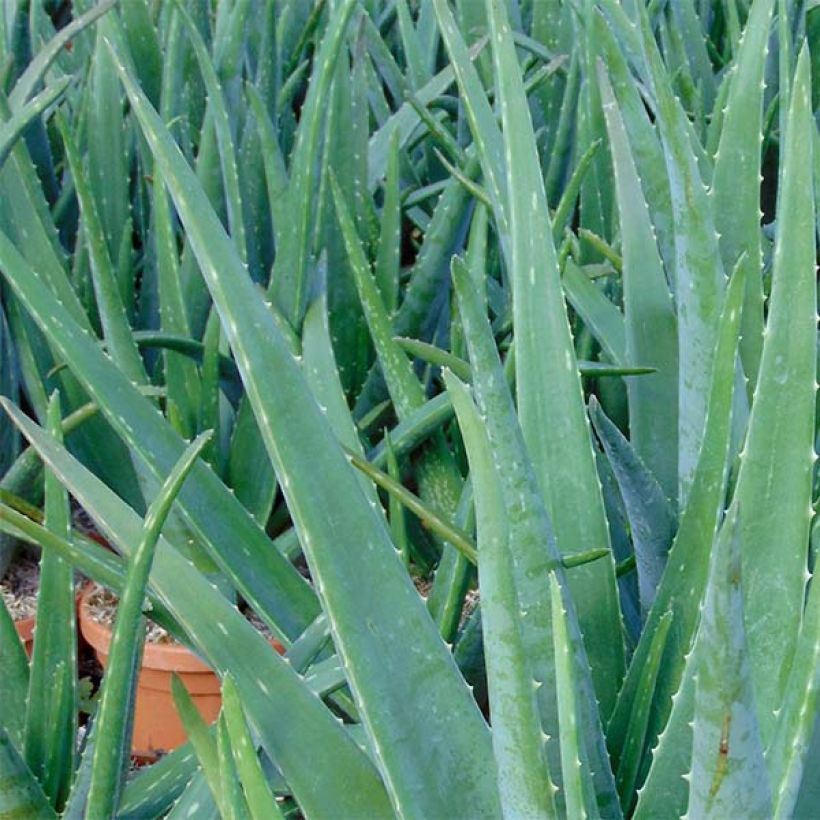



Flowering
Foliage
Plant habit
Botanical data
Aloe
vera
Asphodelaceae ou Liliaceae
Aloe vera, True aloe, Medicinal aloe, Burn aloe
Aloe barbadensis
Central America
Other Aloe
Planting and care
Aloe vera is planted in spring, around the month of April. Mainly grown in pots, it is also possible to cultivate it in open ground in regions with mild winters or under shelter. It thrives in poor but well-drained soil.
In a pot: Take a sufficiently large terracotta pot as aloe vera develops shallow but horizontal roots. Fill the bottom with rocks or clay pellets to facilitate drainage. Add a mixture of 1/3 potting soil, 1/3 sand, and 1/3 garden soil. Plant the aloe vera and fill with the mixture, firming it down. Place the pots in full light, behind a window for example. Water regularly (once a week during the growth period, otherwise once a month) but very moderately as aloe vera is sensitive to excess water. Aloe prefers temperatures ideally between 18 and 21°C (64.4 and 69.8°F). During the warm season, place the pots outdoors, initially for one to two weeks in partial shade, then in the sun to gradually acclimatise them. However, avoid direct sunlight, which causes the leaves to turn yellow. Bring the pots indoors at night if the temperatures are cool. Similarly, as winter approaches, place the pots indoors before the first frost. Plan to repot the plant every 3 years or so.
In open ground: choose a location where water will not stagnate as aloe vera is sensitive to excess water. It will appreciate a fairly rocky, well-drained soil, ideally on a slope. Dig a hole about 3 times the volume of the root ball, wide enough as aloe vera develops shallow but horizontal roots. Place a layer of gravel at the bottom and cover with compost. Place the root ball, cover with soil, and firm it down. If planting multiple root balls, space them 70 cm (28in) apart in all directions. Depending on the climate, water regularly but very moderately as aloe vera is sensitive to excess water. If the plant flowers, remove the flower spike after flowering.
From the 3rd year, suckers will gradually appear around the plant, which you can transplant into pots.
Planting period
Intended location
Care
-
, onOrder confirmed
Reply from on Promesse de fleurs
Mediterranean perennials
Haven't found what you were looking for?
Hardiness is the lowest winter temperature a plant can endure without suffering serious damage or even dying. However, hardiness is affected by location (a sheltered area, such as a patio), protection (winter cover) and soil type (hardiness is improved by well-drained soil).

Photo Sharing Terms & Conditions
In order to encourage gardeners to interact and share their experiences, Promesse de fleurs offers various media enabling content to be uploaded onto its Site - in particular via the ‘Photo sharing’ module.
The User agrees to refrain from:
- Posting any content that is illegal, prejudicial, insulting, racist, inciteful to hatred, revisionist, contrary to public decency, that infringes on privacy or on the privacy rights of third parties, in particular the publicity rights of persons and goods, intellectual property rights, or the right to privacy.
- Submitting content on behalf of a third party;
- Impersonate the identity of a third party and/or publish any personal information about a third party;
In general, the User undertakes to refrain from any unethical behaviour.
All Content (in particular text, comments, files, images, photos, videos, creative works, etc.), which may be subject to property or intellectual property rights, image or other private rights, shall remain the property of the User, subject to the limited rights granted by the terms of the licence granted by Promesse de fleurs as stated below. Users are at liberty to publish or not to publish such Content on the Site, notably via the ‘Photo Sharing’ facility, and accept that this Content shall be made public and freely accessible, notably on the Internet.
Users further acknowledge, undertake to have ,and guarantee that they hold all necessary rights and permissions to publish such material on the Site, in particular with regard to the legislation in force pertaining to any privacy, property, intellectual property, image, or contractual rights, or rights of any other nature. By publishing such Content on the Site, Users acknowledge accepting full liability as publishers of the Content within the meaning of the law, and grant Promesse de fleurs, free of charge, an inclusive, worldwide licence for the said Content for the entire duration of its publication, including all reproduction, representation, up/downloading, displaying, performing, transmission, and storage rights.
Users also grant permission for their name to be linked to the Content and accept that this link may not always be made available.
By engaging in posting material, Users consent to their Content becoming automatically accessible on the Internet, in particular on other sites and/or blogs and/or web pages of the Promesse de fleurs site, including in particular social pages and the Promesse de fleurs catalogue.
Users may secure the removal of entrusted content free of charge by issuing a simple request via our contact form.
The flowering period indicated on our website applies to countries and regions located in USDA zone 8 (France, the United Kingdom, Ireland, the Netherlands, etc.)
It will vary according to where you live:
- In zones 9 to 10 (Italy, Spain, Greece, etc.), flowering will occur about 2 to 4 weeks earlier.
- In zones 6 to 7 (Germany, Poland, Slovenia, and lower mountainous regions), flowering will be delayed by 2 to 3 weeks.
- In zone 5 (Central Europe, Scandinavia), blooming will be delayed by 3 to 5 weeks.
In temperate climates, pruning of spring-flowering shrubs (forsythia, spireas, etc.) should be done just after flowering.
Pruning of summer-flowering shrubs (Indian Lilac, Perovskia, etc.) can be done in winter or spring.
In cold regions as well as with frost-sensitive plants, avoid pruning too early when severe frosts may still occur.
The planting period indicated on our website applies to countries and regions located in USDA zone 8 (France, United Kingdom, Ireland, Netherlands).
It will vary according to where you live:
- In Mediterranean zones (Marseille, Madrid, Milan, etc.), autumn and winter are the best planting periods.
- In continental zones (Strasbourg, Munich, Vienna, etc.), delay planting by 2 to 3 weeks in spring and bring it forward by 2 to 4 weeks in autumn.
- In mountainous regions (the Alps, Pyrenees, Carpathians, etc.), it is best to plant in late spring (May-June) or late summer (August-September).
The harvesting period indicated on our website applies to countries and regions in USDA zone 8 (France, England, Ireland, the Netherlands).
In colder areas (Scandinavia, Poland, Austria...) fruit and vegetable harvests are likely to be delayed by 3-4 weeks.
In warmer areas (Italy, Spain, Greece, etc.), harvesting will probably take place earlier, depending on weather conditions.
The sowing periods indicated on our website apply to countries and regions within USDA Zone 8 (France, UK, Ireland, Netherlands).
In colder areas (Scandinavia, Poland, Austria...), delay any outdoor sowing by 3-4 weeks, or sow under glass.
In warmer climes (Italy, Spain, Greece, etc.), bring outdoor sowing forward by a few weeks.

































